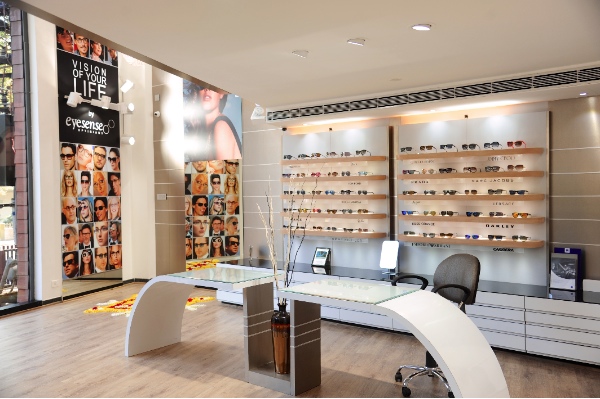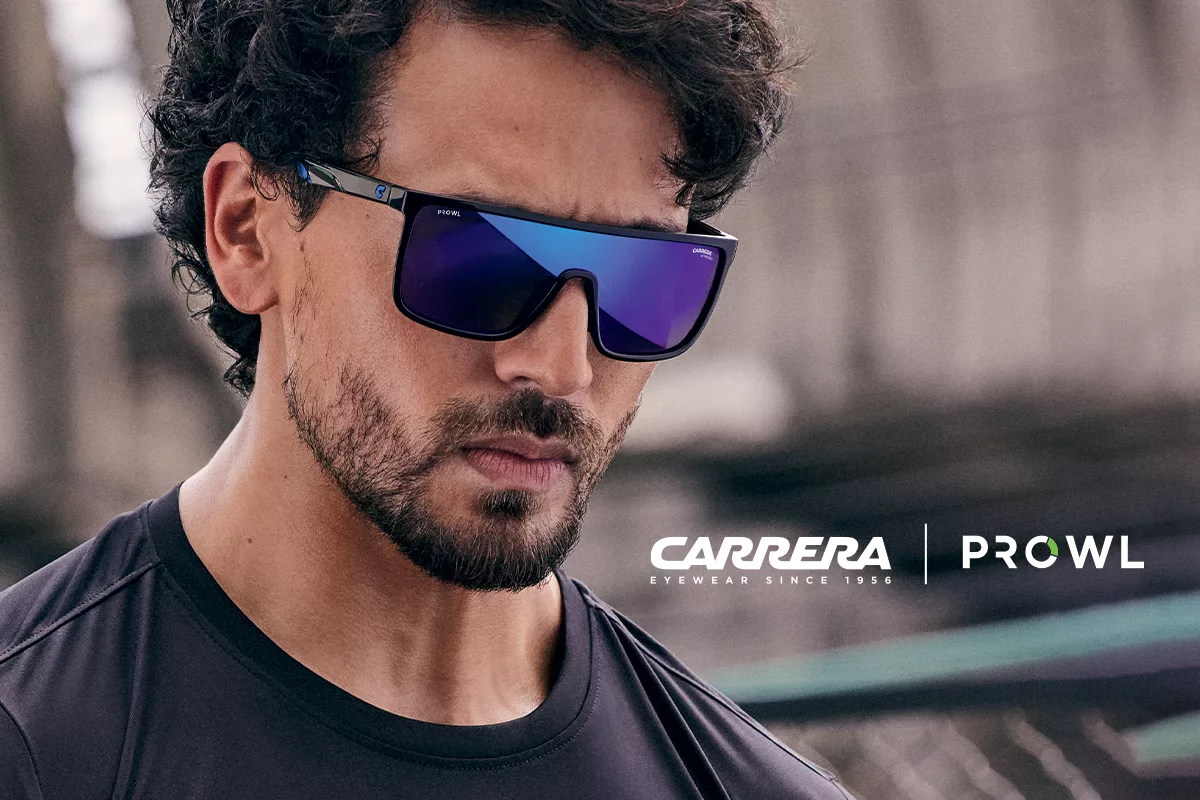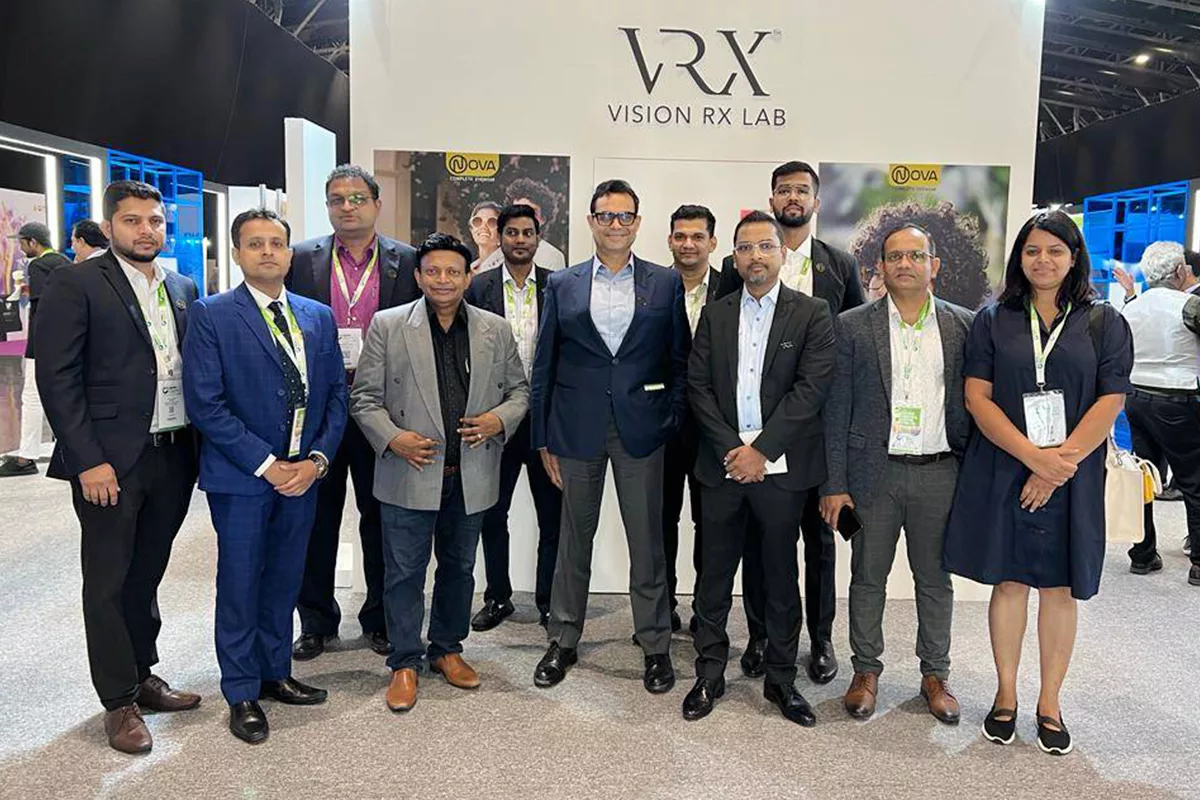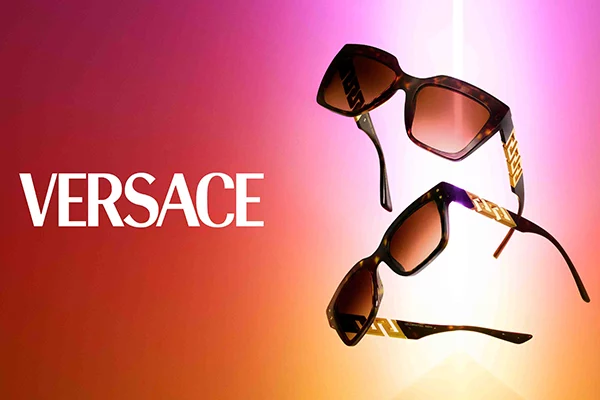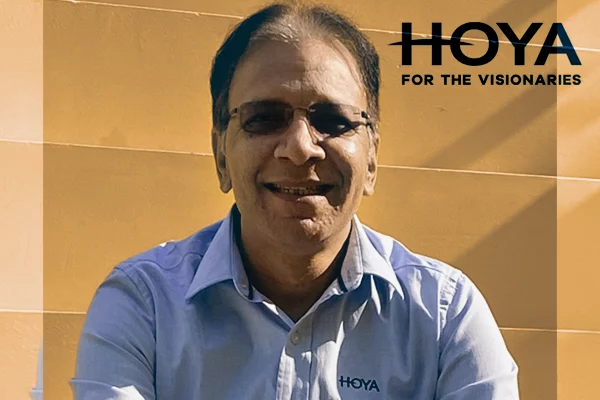Luxury eyewear may not be the easiest product to sell, but its significant margins of profit make the effort worthwhile. Here, we offer you a few guidelines on selling luxury eyewear

Fine jewellery and high-end watches now have company. Luxury eyewear has joined the league of ‘must-haves’ in the new age. What would constitute ‘luxury eyewear’? Expensive eyewear for the rich and discerning customer is not a rarity. But, when eyewear pricing crosses a certain amount, it would be easy to classify it as ‘luxury eyewear’. There are several brands in the market that manufacture luxury eyewear, but the mantra for all is the same. Luxury eyewear is not just about buying a sunglass that will deflect UV rays, offer comfort and look good. These are the basics. But luxury eyewear also adds in three important intangibles. It automatically attributes success, style and confidence to the wearer, thus making it a coveted accessory for the rich.
As a retailer, where you are selling products from multiple brands across a wide price spectrum, luxury eyewear perhaps falls into a small niche segment where only a select few customers can become patrons. But it is a premium segment that has big money and the customer is willing to spend it, provided he understands the product and associates himself with its intrinsic values. For you, as the retailer, it means the possibility of a chunky profit on a single product.
There is one important factor that needs to be considered. The cost of luxury eyewear is high, even for the retailer. So buying is expensive and stocking plus tracking inventory, a carefully planned process.
It all depends on the customers you offer service to and the location in which you operate that will decide the quantum of stocking that you need to do. In case you operate in a locality where most of your customers fall into the bracket of wealthy, then it makes more sense to upscale your range of products to cater to this clientele. But if the store has a client base of middle-income customers who come mainly for prescription glasses and frames, then there may not be an immediate requirement to stock luxury eyewear. Any move towards luxury products would have to be a full-throttled effort to gain success. Any half-interested effort will not fetch the desired results.


The Ten Commandments For Sale Of Luxury Eyewear
- Impeccable store appearance: Top quality store fixtures, displays, storefront and most importantly, a fitting environment, where the customer is able to try out different styles. If luxury eyewear is part of the product range, there’s more. Give luxury eyewear its due space. Since high-end sunglasses primarily cater to the rich and the famous, you have to ensure that the display of the eyewear is top-class. Even in a glitzy, well-lit store, the shelves that will display the luxury eyewear must look a little extra special. Maybe soft silk lining the shelf?
- Knowledgeable sales staff: Often, store owners take a lot of time training their staff for products that have quantitative sales. But when it comes to luxury eyewear their knowledge is sketchy. Also, as luxury eyewear may not have customers every day, it is important to have periodic ‘brush-up your knowledge’ sessions with the staff.
- Presentable sales staff: It is not just important to have knowledgeable sales personnel. They should also be well-spoken and articulate. Customers buying high-end lifestyle products do so because of the intangible add-ons: success mainly. It is imperative for them to speak to someone whom they perceive as being on their own wavelength.
- Accessorise the luxury eyewear with other products of the designer: Often the buyer patronises one designer. Apart from point of sale cards that name the brand, also keep a couple of other products designed by the same designer. Could be scarves or wallets. Salespersons connected to luxury eyewear must be aware of all the key factors of the brand. Not just about the colour options, the logo and hinge treatments but also the accessories of the brand that are placed alongside the eyewear. In case a customer wants to coordinate, the sales executive is able to help him make the selection correctly.
- Connect with your customer: It is important to be always connected with your clients. When a new line is launched, be sure to send a calling card and invitation for a special preview.
- Always project uniqueness and exclusivity: Luxury eyewear is a wish list product. It should always be spoken about with a touch of reverence, emphasising its uniqueness and exclusivity and underlining the fact that ownership of this product would make them special.
- Accord VIP treatment: Customer is God, but in a super luxury lifestyle store, he is Supergod. From hushed tones to soft music to a lingering perfume in the air to tea served in wafer-thin porcelain cups, everything is orchestrated with a purpose-that the customer is, at that point in time, the most important person in the world to the store. Not only is he pleased as punch then, facilitating the buying decision, he also believes that this is only to be expected as he is so rich and successful. Also, the brand, the frames and the price-point demand this kind of attention.
- Customer information and consultation: The customer would be happy to be informed about other aspects of the product as well. But the information has to be passed on with panache. Like, “Why don’t you try out the Dior frame? The design of the frame has been inspired by the floral detailing found in clothing and accessories from the runway, finished exquisitely in Swarovski crystals.” Advice and information during every step of the selling process is good as long as it doesn’t begin to get abrasive. Be so perfectly in tune with the customer that with the slightest hint that the customer is not paying heed to what is being said, you can instantly back off and think of another approach to connect.
-


ZEISS Relaxed Vision Center in Bengaluru by Eyesense Opticians Presentation: This is an integral part of the selling process. Every item should be shown as though it is a piece of precious jewellery. Handle each frame delicately and let the customer also feel that he should handle it lightly. Ensure that the piece that is being tried is kept on a separate tray and the shortlisted ones in another. Do not mix brands without understanding what the customer is actually looking for. Every brand has a competitive brand with a similar style. Offer the customer options, but do not confuse him with multiple choices in design and price-point.
- Remain trendy: Luxury products and brands also go through ‘in’ and ‘out’ phases. There may be certain styles that are classic and eternal, but there would be current favourites too. The retailer must have his finger on the pulse of the market and showcase the latest designs and technology. This will give the retailer a cutting-edge over his competitors.
Luxury has few but committed takers. They demand quality, style, comfort and a brand name for which they are happy to pay the price. It is up to you, the retailers, to ensure that you ‘tag’ their success. Their benefit. Yours too.

